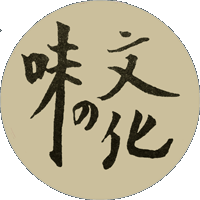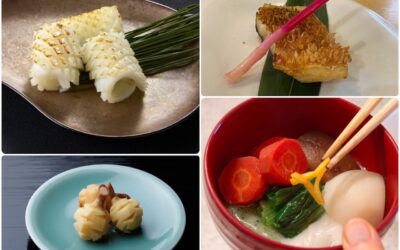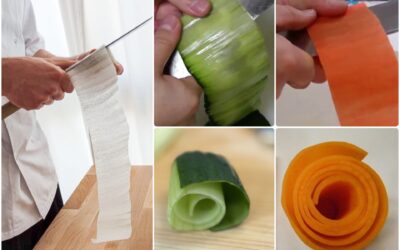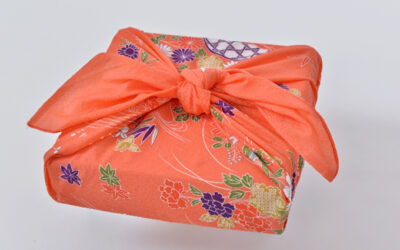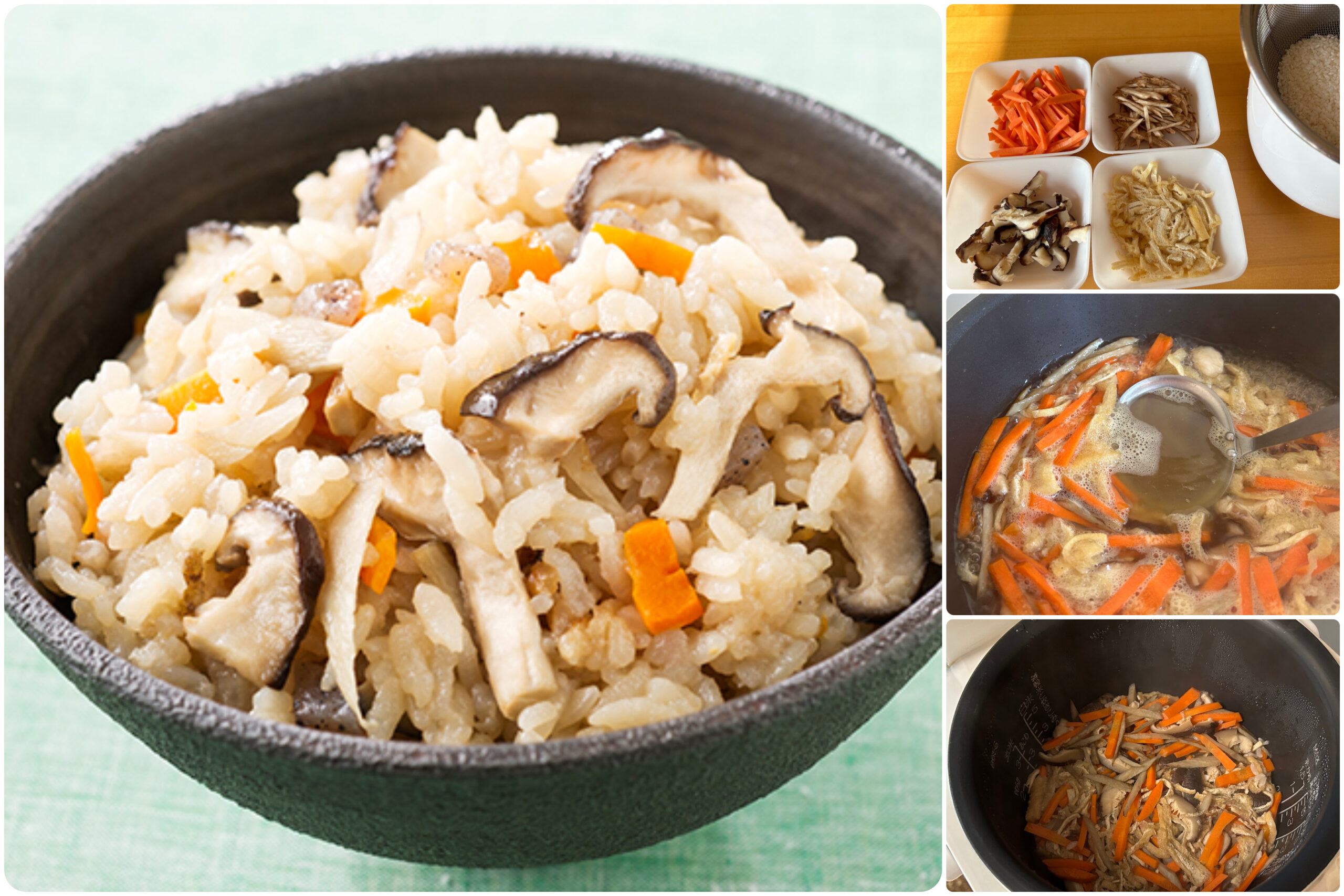
Vegetables cooked into Rice
Kayaku (Takikomi) Gohan
加薬 (炊き込み) ご飯
In different parts of Japan, rice that is cooked in a flavored liquid with a variety of ingredients (that went to flavoring that liquid) goes by various names. The most generic is takikomi because it describes the general method by which the dish has been prepared: TAKI (炊き a verb used to describe rice cooking) and KOMI (込みmeaning “include”). But… when I first encountered the dish in Shikoku nearly sixty years ago (!!!) it was called KAYAKU GOHAN… and so that is how I know it. Scroll to the bottom of this post to discover other names… and to download a recipe fo making it in your own home kitchen.
Takikomi gohan is a two-stage method of preparing rice. First, ingredients such as mushrooms, carrots, and gobō are briefly cooked to create a flavorful broth. The broth is then used in lieu of water to cook the rice. The ingredients that contributed to flavoring the broth (mushrooms and vegetables) are returned to the pot in the final stages of cooking and folded-and-tossed into the rice just before serving.
Takikomi dishes often create a dark crust called okogé at the bottom of the cooking vessel. When that happens, these crusty, coveted bits are divvied up among individual servings.
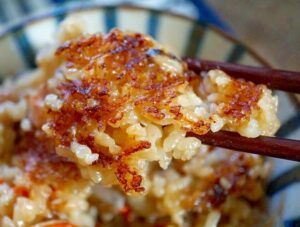
I chose to feature KAYAKU GOHAN, rice cooked with bits of vegetables in a flavorful broth, as this month’s recipe because it exemplifies the spirit of culinary kansha (gratitude) embodied in so many thanksgiving rituals worldwide.
DOWNLOAD a RECIPE for
KAYAKU GOHAN
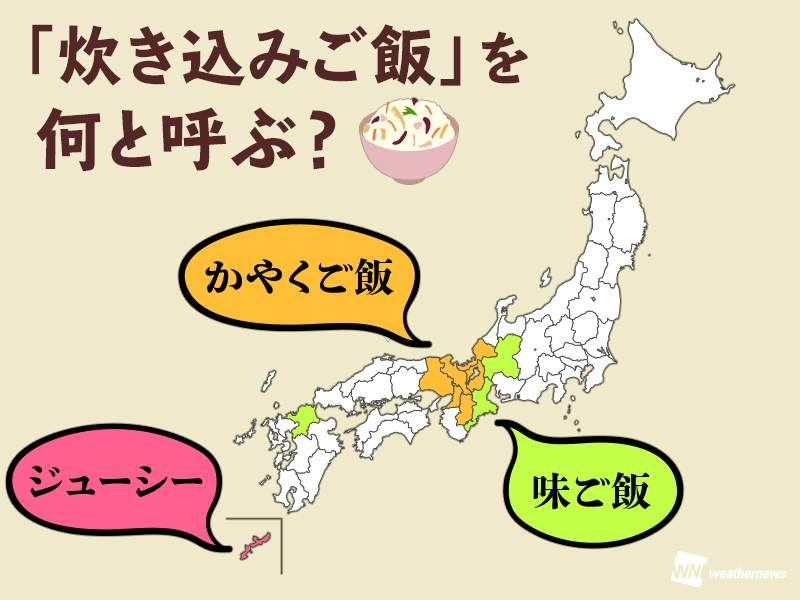
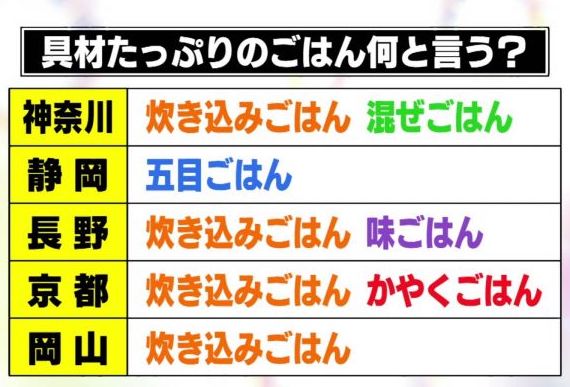
What’s in a name?
In different parts of Japan, rice that has been cooked in a flavored liquid with a variety of ingredients (that went to flavoring that liquid) goes by different names:
In KANAGAWA Prefecture, the descriptive TAKIKOMI GOHAN 炊き込みごはん (literally “cooked along with rice”) is used, as is MAZÉ GOHAN 混ぜごはん (literally “mixed with rice”). The same dish in SHIZUOKA Prefecture, however, is typically called GOMOKU GOHAN 五目ごはん (literally “assorted-item rice”). In NAGANO (and adjacent Aichi and Mie Prefectures as well as Kyushu’s Fukuoka Prefecture), the name TAKIKOMI GOHAN is used along with AJI GOHAN (literally “flavored rice”– the green bubble in the map).
In KYOTO and other parts of the KANSAI Area (orange area in the map), you’ll find such a dish referred to either as TAKIKOMI GOHAN or KAYAKU GOHAN. In OKAYAMA Prefecture, TAKIKOMI GOHAN is most commonly used.
Perhaps the most unusual name for such a dish is OKINAWA Prefecture’s JU-SHI- (the pink area on the map). The probable origin of that is the word ZOSUI 雑炊 meaning a “miscellany of simmered/boiled” items.
THANKSGIVING RITUALS in JAPAN:
See the KITCHEN CULTURE blog post
Read my NOVEMBER 2024 newsletter
